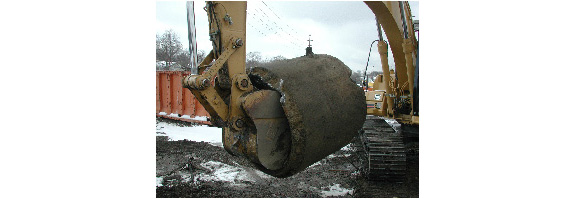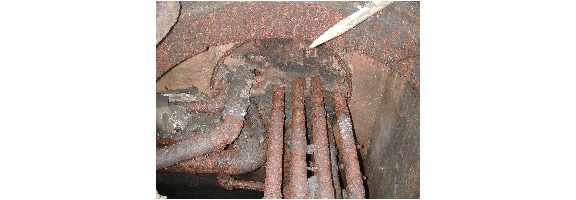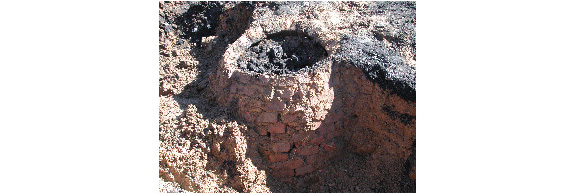


THE OPPORTUNITY
The Bay Shore Manufactured Gas Plant (MGP) Site was located and fully operated in Nassau County, New York. The Energy Utility Service Provider entered into an Order on Consent with New York State Department of Conservation to investigate and remediate contamination from past utility operations at the Site.
THE CHALLENGE
The MGP Site operations began in the 1880’s and continued into the 1970’s, resulting in significant soil and groundwater contamination.
The MGP Site is located in a densely populated area with commercial, railroad, and residential structures within feet of the contamination. The challenge for PS&S was to design and permit a shallow excavation and deep containment system for the impacted soil and groundwater that could be readily implemented without disturbing the adjacent residential and commercial structures.
THE PS&S SOLUTION
The former MGP site contained both shallow and deep soil contamination, a Dense Non-Aqueous Phase Liquid (DNAPL) plume and dissolved phase groundwater contamination. For the 8-acre site, PS&S designed the sheeting, shoring and excavation of approximately 6 acres to depths ranging from 8 feet to 25 feet below grade surface. The sheeting design considered the shoring requirements for the planned deep excavation, the proximity of the abutting active local railroad tracks and an adjacent 69 kV overhead power line. Approximately 35,000 cubic yards of impacted soil was removed for off-site thermal treatment.
In addition, PS&S designed an approximately 800 foot containment wall using Waterloo BarrierTM interlocking steel sheet piling to a depth of 80 feet that keyed into the underlying confining layer. The DNAPL migration barrier wall was designed and installed to minimize the offsite migration of DNAPL while allowing groundwater to pass over a “treatment zone” and through a weir-type gate.
Finally, DNAPL recovery wells were designed and installed for the passive recovery of DNAPL at the base of the wall.
RELATED PROJECTS
DISCIPLINES INVOLVED
GEOTECHNICAL
MECHANICAL
